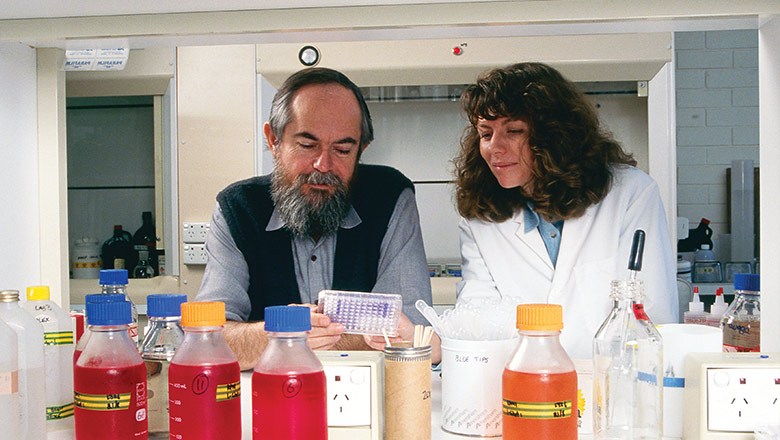Search
Research
Prediction of asthma in childhood from wheezing phenotypes up to age 3 years: findings from community cohorts in Western Australian and the United KingdomIn this project we are examining how well different wheezing phenotypes in the first 3 years of life predict current asthma in adolescents and young adults.

Research
Examining relationships between vitamin D over the first decade of life and development of asthma and allergyThis study shows for the first time the importance of considering vitamin D levels over a prolonged period during childhood, rather than at just one or two ages
Research
Developmental-associated dysregulation of innate anti-microbial immunity in early life as a determinant of susceptibility to atopic asthmaOne of the strongest risk factors for asthma is having chest infections during infancy that are so severe that they trigger symptoms of fever & wheeze

News & Events
NHMRC funding awarded to support child health researchThe Kids Research Institute Australia researchers have been awarded more than $10 million in research funding from the National Health and Medical Research Council (NHMRC).

News & Events
Switch on the immune system earlyFindings by Professor Pat Holt revealed researchers had been heading down the wrong path in their battle strategy against respiratory allergy and asthma.

News & Events
Overseas trip will help unlock the asthma puzzleOne in ten Australians have asthma and Dr Kimberley Wang from The Kids Research Institute Australia is on a mission to find out what causes it.
News & Events
Volunteers needed for world-first trial to prevent asthmaAustralian scientists have today launched a world first research trial into a treatment that could prevent asthma in high risk children.
Research
Association between socioeconomic status and the development of asthma: analyses of income trajectoriesUsing data on 2868 children born in the Western Australian Pregnancy Cohort (Raine) Study, we examined the association between changes in family...
Research
Global strategy for the diagnosis and management of asthma in children 5 years and youngerAsthma is the most common chronic disease of childhood and the leading cause of childhood morbidity from chronic disease as measured by school absences...
Research
Vitamin D deficiency causes deficits in lung function and alters lung structureThe prevalence of vitamin D deficiency is increasing and has been linked to obstructive lung diseases including asthma and chronic obstructive pulmonary disease
